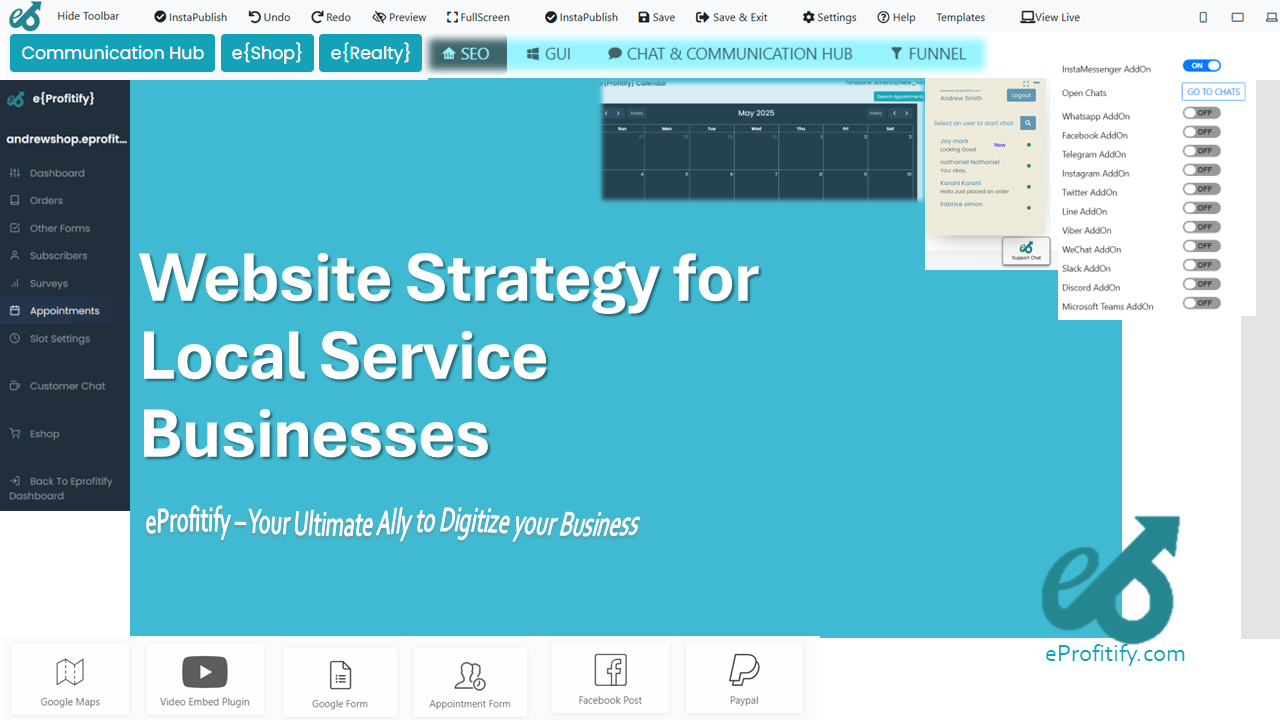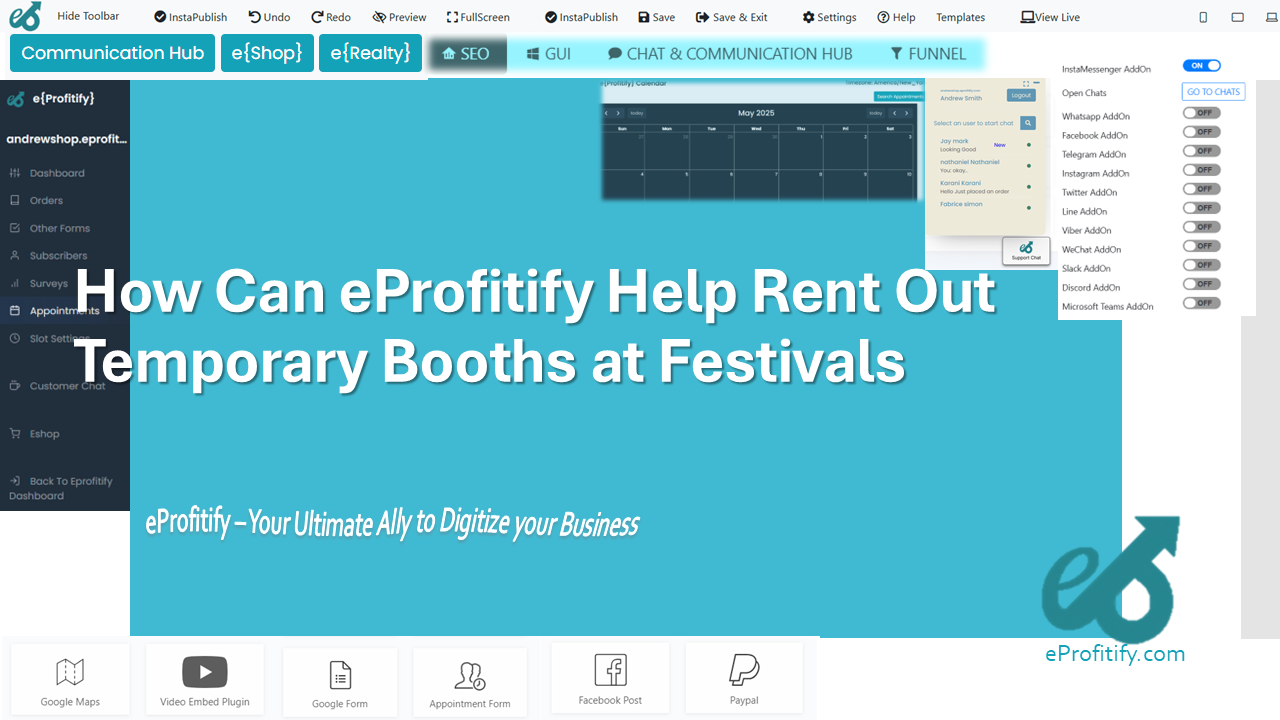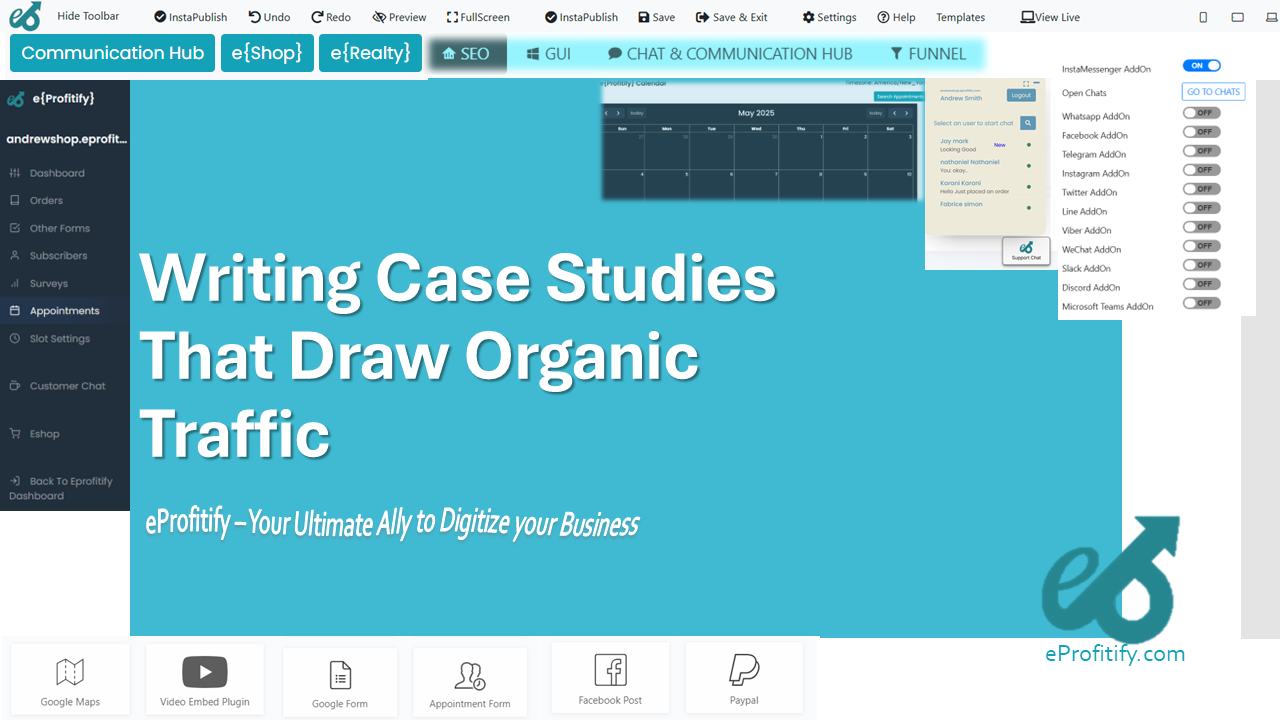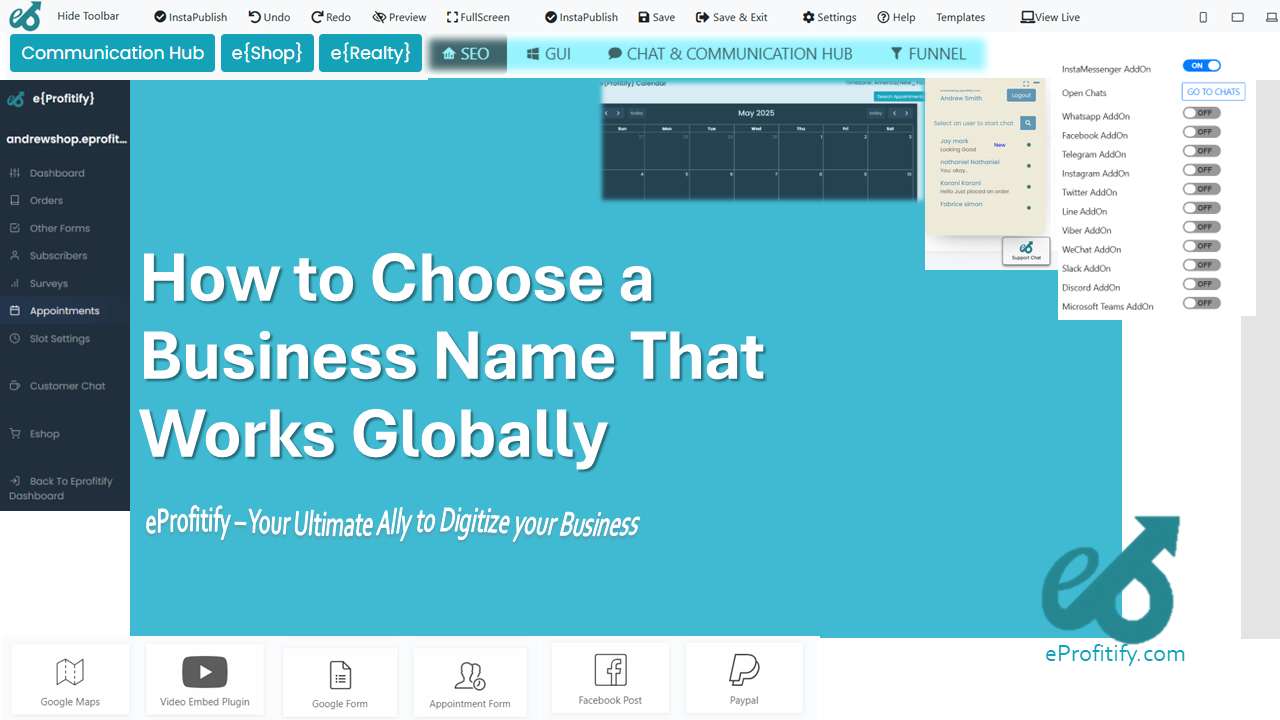Should You Rebrand If Your Name Is Not Working
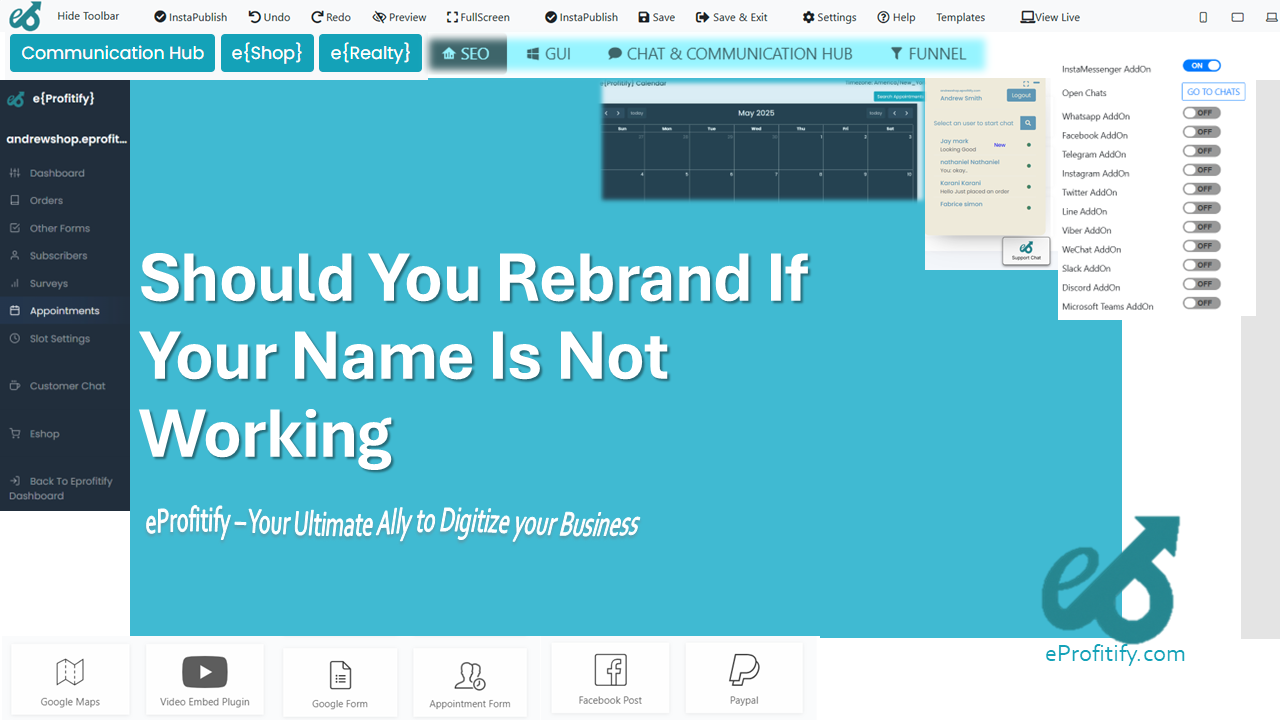
Schedule a LIVE Zoom call with an eProfitify Expert.
Should You Rebrand If Your Name Is Not Working?
A brand name is the cornerstone of business identity, shaping customer perceptions, driving recognition, and differentiating a company in crowded markets. However, when a name loses relevance, triggers negative associations, or limits growth, rebranding becomes a critical consideration. Research by Nielsen reveals that 59% of consumers prefer buying products from brands they recognize, underscoring the importance of a resonant name. Yet, 22% of startups fail within their first year due to poor branding, per a 2023 CB Insights report. This raises the question: when should a business take the leap and rebrand?
Signs Your Brand Name Isn’t Working
- Negative Perceptions: A name that inadvertently offends cultural sensibilities or evokes undesirable connotations can damage trust. For example, when "Ayds" diet candies faced backlash during the AIDS crisis, sales plummeted by 50% within months.
- Misalignment with Vision: If your name restricts expansion into new markets or product lines, rebranding becomes essential. Consider Dunkin’ dropping “Donuts” in 2018 to emphasize its beverage-focused strategy, resulting in a 21% stock price surge post-rebrand.
- Legal Challenges: Trademark disputes or generic names (e.g., "Utah Sandwich Co.") limit scalability. A 2022 WIPO report shows trademark conflicts surged by 14% YoY, forcing many businesses to rebrand.
- Low Recall or Relevance: If customers struggle to spell, pronounce, or remember your name, it stifles growth. Brands like Google (originally "BackRub") transformed their fortunes by adopting simpler, catchier names.
The Rebranding Dilemma: Risks vs. Rewards
Rebranding can breathe new life into a business but carries inherent risks. A 2021 HubSpot study found that 64% of consumers feel disconnected from a brand after a drastic name change, while poorly executed rebrands cost companies up to 20% of their customer base. Conversely, successful rebrands yield measurable benefits:
- 72% of companies reported increased customer engagement post-rebrand (Forbes, 2022).
- 58% saw revenue growth within 12 months (Statista, 2023).
The key lies in meticulous planning. Airbnb’s 2014 “Bélo” symbol redesign, emphasizing belonging, boosted its valuation to $31 billion by 2017. Conversely, RadioShack’s 2014 rebrand to “The Shack” confused customers, accelerating its decline.
Leveraging Technology for a Seamless Rebrand
Modern businesses mitigate rebranding risks by using integrated platforms like eProfitify, a leading website publishing and management tool. Its suite of features streamlines transition logistics while preserving customer relationships:
- Instant Messaging: Engage customers in real-time to explain rebrand motives, reducing confusion.
- Appointment Management System: Coordinate internal teams and external partners (e.g., designers, legal advisors) efficiently.
- Ecommerce Integration: Update product listings, logos, and branding elements across multiple sales channels instantly.
- CRM Tools: Track customer sentiment, segment audiences, and personalize post-rebrand communication to retain loyalty.
A 2023 Gartner study highlights that brands using omnichannel tools like eProfitify during rebrands retain 89% of their existing customers, compared to 54% for those relying on manual processes.
Strategic Steps to Rebrand Successfully
- Audience Research: Survey customers to gauge perceptions. Tools like eProfitify’s CRM analyze feedback trends, guiding data-driven decisions.
- Competitor Analysis: Ensure your new name stands out. eProfitify’s market analytics tools identify gaps in competitor strategies.
- Phased Rollout: Update digital assets incrementally. Use eProfitify’s website builder to test landing pages and monitor traffic shifts.
- Storytelling: Communicate the “why” behind the change. Blend eProfitify’s SEO tools and social media integrations to amplify narratives.
- Legal Safeguards: Secure trademarks early.
When Not to Rebrand
Rebranding is unnecessary if:
- Issues stem from product quality, not branding.
- The name retains strong equity (e.g., Coca-Cola).
2% of consumers in a 2023 YouGov survey admitted abandoning brands that rebranded without justification.
Conclusion
Rebranding is a high-stakes decision requiring strategic foresight. While 34% of businesses rebrand to stay competitive (Adobe, 2023), success hinges on aligning the new identity with core values and leveraging robust tools like eProfitify to manage transitions. From instant messaging to CRM analytics, eProfitify ensures minimal disruption, enabling businesses to pivot confidently. In a digital era where 78% of consumers believe branding directly influences purchasing decisions (Salsify, 2023), a well-executed rebrand could be the catalyst for unprecedented growth—or an unnecessary risk if approached haphazardly.




